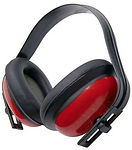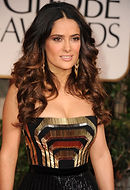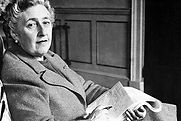
Classroom Ogranization

Individual Student Desks
Each student has his or her own desk which faces a window or the wall. This eliminates distraction of other students and create a space for each child in the room. The teacher has the privilege of closing the blinds on the windows if students are distracted. On each desk students have their own personal materials and resources. This includes leveled books, library books, writing materials, and school work. Personalized folders that contain personal materials and resources inforce organization while promoting independence (Ministry of Education, 2002).
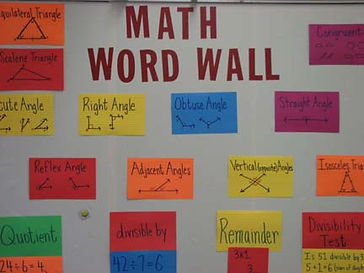
Math Word Wall and Shelf
This space contains a math word wall over the math manipulatives shelf. Communication is essential to learning mathematics, and a word wall is one strategy to express mathematics. This board would be co-created with students and remain posted all year long so they can refer to past or new mathematical vocabulary. It is placed in an area that is visible and organized by math strands for quick reference (Ministry of Education, 2005, p. 17).

Independent Work Station and Display
Student work and success criteria would be displayed over the independent work station as a method to spark ideas, as well as an area to be alone and focus on his or her work. The Ontario curriculum documents stress the importance of diversifying teaching by ensuring the use of individual and group work (Ministry of Education, 2006). The technology tools including the iPads and laptops are kept under the desk.

Group Tables
Two group tables were placed in the centre of the classroom to promote the development of oral language and social skills. The tables provide students with the opportunity to work in small groups and play literacy games together during hangout time. This set up also encourages discussions so children can learn from one another (Natural Curiosity, 2011, p.14).

Library
Effective classrooms provide a wide variety of books to students, which are located in the classroom for easy access (Cunningham & Allington, 2011). We created a library that contains multiple fictional and non-fictional books of different genres that are interesting to our students which are presented on large book shelves. The library has a lamp and two bean bags to create a calming atmosphere meant for one or two students. There is also a window facing inside the classroom for teacher supervision.
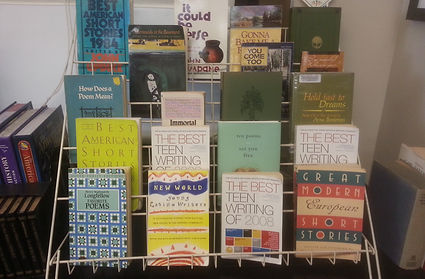
Book Display &
Daily Schedule
To ensure students can visually see the titles and covers of books, we have a book display shelf. This supplies children with additional books to read anywhere in the classroom. The daily schedule with photos and time notifications is located above the book display. In addition, the classroom clock is beside the schedule to reinforce reading time. The schedule is in a common location that is visible to all students; providing a predictable environment. The schedule is changed daily in the late afternoon so children know what to expect the following school day.

Smartboard
The Smartboard allows the teacher use adaptive instruction to suit the needs of all children. He or she can develop creative lessons that can be used for whole class learning or independent work. Student ideas can be recorded on the Smartboard, which can be used as an assessment tool. It can also be used to motivate students in interactive lessons and display videos or student work (Ministry of Education, 2006, p. 30).
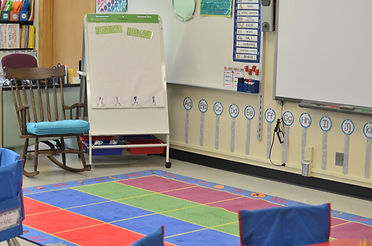
Gathering Place
The large carpet area is meant for whole class learning, discussions, stage, or work space if children prefer to sit on the carpet. It is a place for knowledge building circles where children ask questions, learn from one another, and reflect (Natural Curiosity, 2011, p.11). The gathering place also contains a chair for the teacher and an easel if modeling writing or if information needs to be written on paper and displayed, for example success criteria.
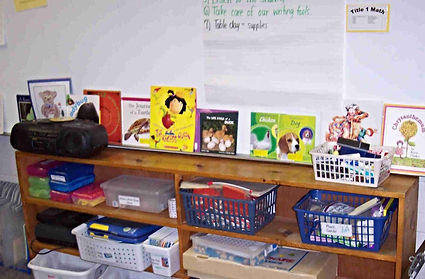
Game Shelf and Display
This shelf contains literacy and math games that were created by the students or co-created with the teacher to motivate and reinforce learning. The display is used as a writers wall to celebrate student success. Displaying student written work around the room encourages students and motivates them in literacy (Cunningham & Allington, 2011, p. 34).

Teacher Desk with Storage
The teacher’s desk and storage is used to keep records, resources, and materials that are only meant for the teacher or at certain times of the day/year. It is vital that the teacher’s desk is kept clear and in order, to model organization. A storage space behind the desk is meant for files, books, resources, and materials to be organized neatly so they are easy to find.

Guided Reading Table
This table offers an area for the teacher to have conduct reading groups, or to have small group instruction.

Literacy Display and Shelves
The word wall is centred at a prime location for optimal use. It is co-created with the students throughout the year and organized in alphabetical order. Therefore it will be meaningful and available to students (Cunningham & Allington, 2011, p. 60). Under the word wall there are literacy tools, materials, and resources for students on the shelves.
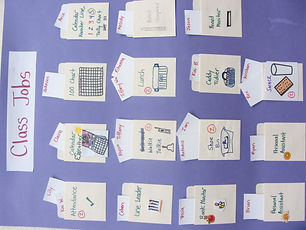
Jobs and Eco Awareness
We are an Eco-school promoting recycling. Above the can and recycling bin is a list of student jobs which the student’s thought of at the beginning of the year. The purpose was to create a sense of community while promoting ownership, independence, and responsibility. Students change roles every Friday afternoon, so they know what to expect at the start of the next week.
Display and Shelves
This is simply a general display for classroom rules and success criteria inspired by Tribes Learning Communities later adapted into students words with an exploration of what each of these agreements looks like, sounds like, and feels like. These are important posters that need to be displayed to ensure student success in behaviour and academics. This way students know what is expected of them (Ministry of Education, 2006, p. 17). Zones of Regulations Displays gives students the language and strategies to self-regulate and persist on tasks. The shelves are for various materials like pencils, scissors, and other art supplies.
Most furniture, reading areas and supplies are lablled eg. Chair, Windor, Pencils, Class Library, Non-Fiction, Mystery etc
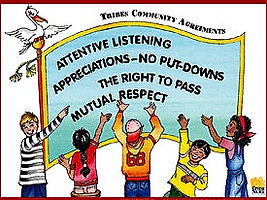



Quiet Spaces
Sometimes students need to read, work or be in a quiet space without distractions.
